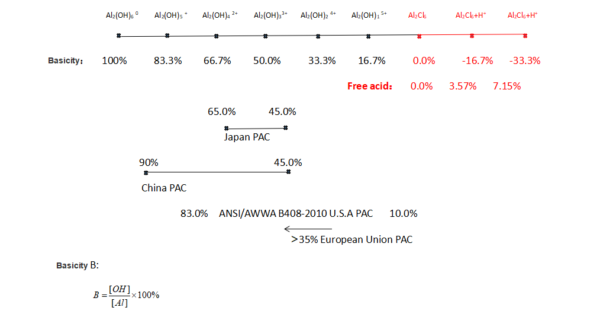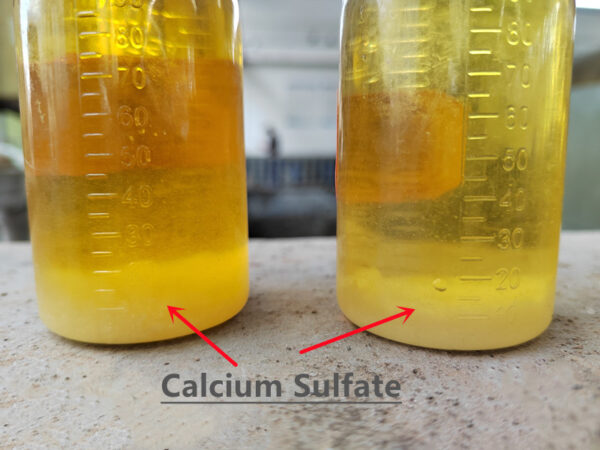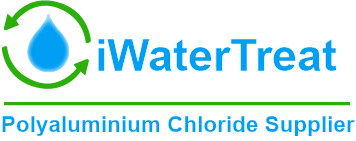- Poly aluminum chloride uses calcium aluminate as a raw material
Calcium aluminate is an inorganic salt, the chemical formula 3CaO·Al2O3. Only China has the industrialized production of calcium aluminate in the world. Calcium aluminate is used as raw material for the production of poly aluminum chloride. Can improve the use effect of poly aluminum chloride. Relevant data show that phosphorus removal is very important in urban sewage treatment. Because calcium ions and phosphate radicals can react to form calcium phosphate precipitation, the water treatment effect of calcium-containing poly aluminum chloride will be good.

- The special technology in China can produce poly aluminum chloride with various Basicity levels, which can adapt to different water treatment environments
The mainstream process for the production of polyaluminum chloride in China is divided into two steps:
Step 1: Aluminum hydroxide + hydrochloric acid to aluminum chloride;
Step 2: Adjust the basicity with calcium aluminate. Through different dosages of calcium aluminate, the basicity can be accurately controlled between 45%-90%.
Different Basicity is suitable for different water quality. For example, high Basicity is suitable for sewage treatment with a good flocculation effect, and low Basicity is suitable for special purposes such as papermaking sizing agents.

- Large-scale production can bring more stable quality
With the relevant information display. In 2009, China’s polyaluminum chloride output reached 600,000 tons per year, NO.1 in the world. Japan’s output is 200,000 tons/year, NO.2 in the world. Now more than ten years later, China’s output is expected to reach 1.2 million tons per year. Large-scale production can bring more product varieties, more stable quality, and competitive prices.

- The disadvantage of Chinese poly aluminum chloride is that it cannot be used in combination with Japanese polyaluminum chloride
Due to different processes, China’s polyaluminum chloride contains calcium chloride, and the presence of calcium chloride can improve the flocculation effect of polyaluminum chloride. Japanese polyaluminum chloride does not contain calcium chloride, and they use aluminum sulfate to improve the flocculation effect of polyaluminum chloride. Calcium chloride + aluminum sulfate will react chemically to form calcium sulfate precipitation, which will block the pipeline for drug delivery, so it is not recommended to mix it.
Or after 1:1 mixing, observe for 24 hours, if there is no chemical reaction and does not affect the flocculation effect, it may be mixed for use.


Next time I read a blog, Hopefully it wont fail me as much as this one. After all, Yes, it was my choice to read through, however I truly thought you would probably have something useful to talk about. All I hear is a bunch of complaining about something you can fix if you were not too busy seeking attention.